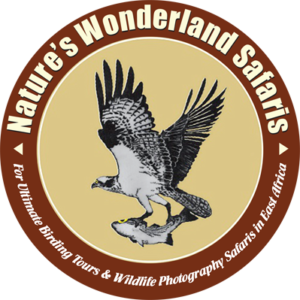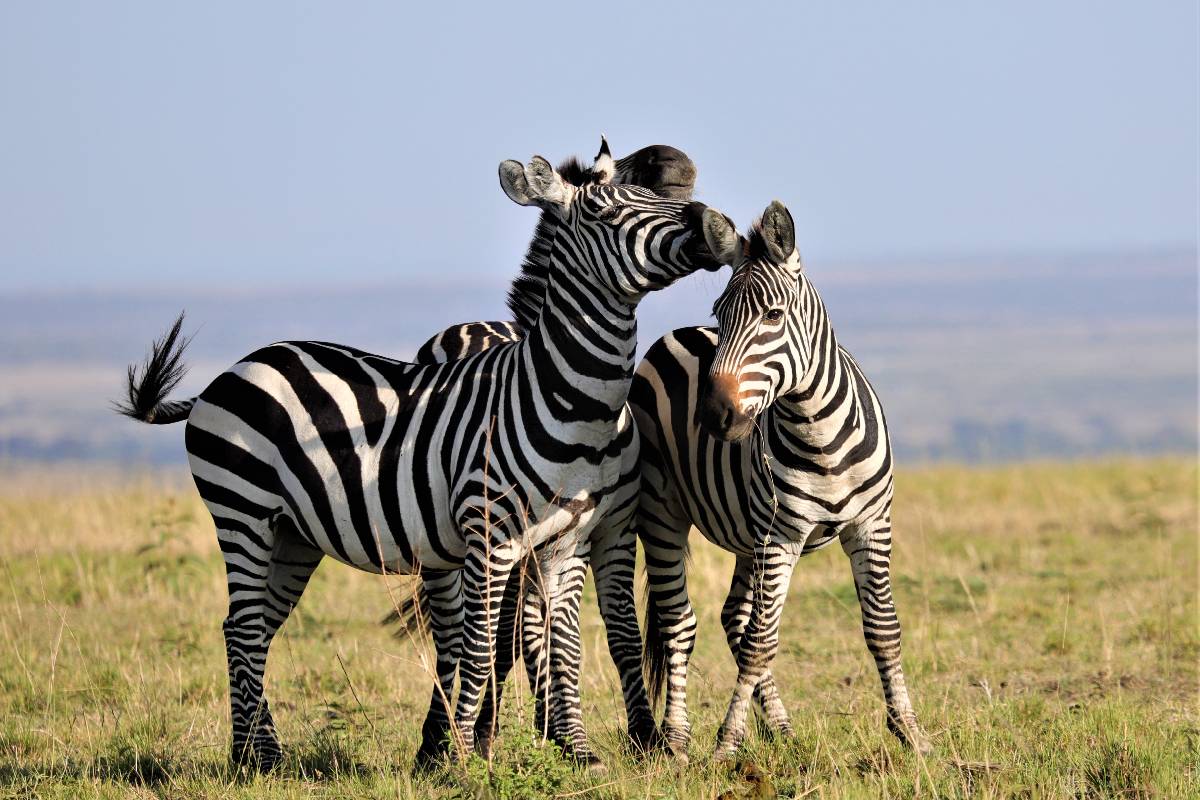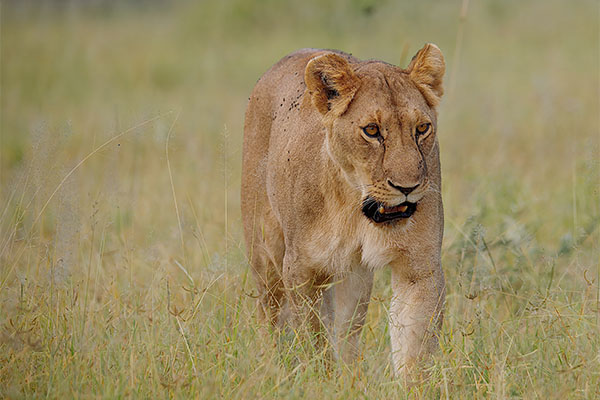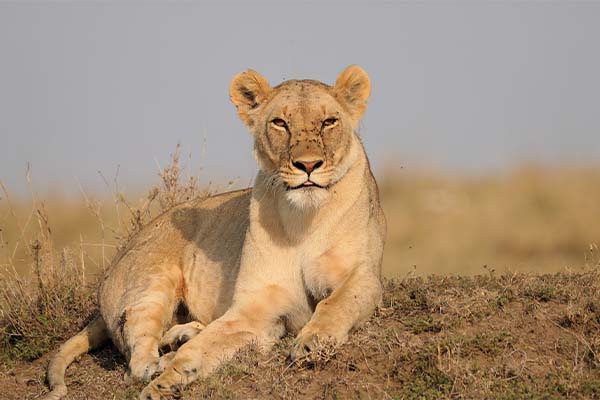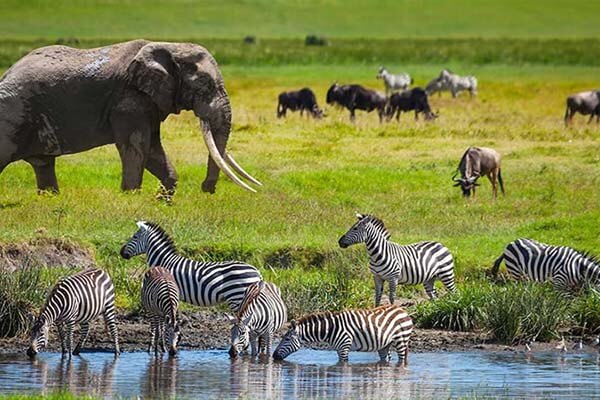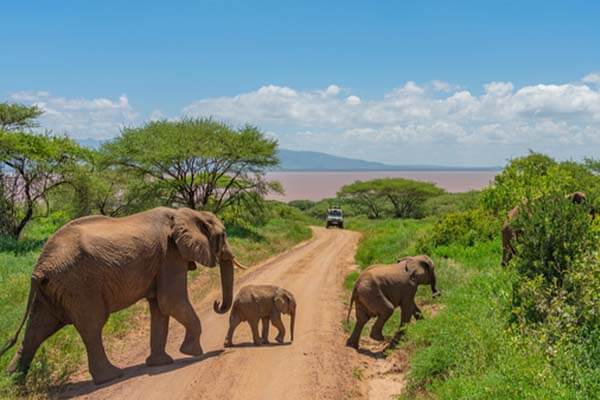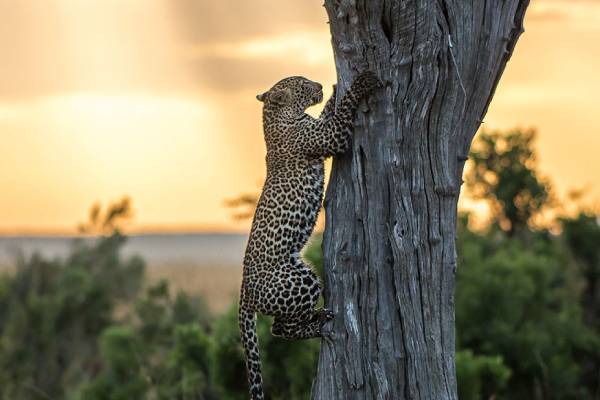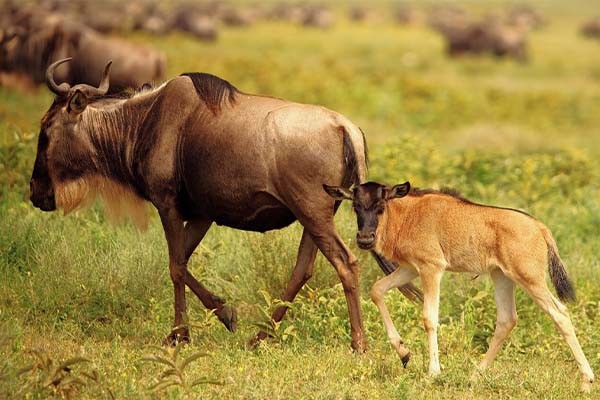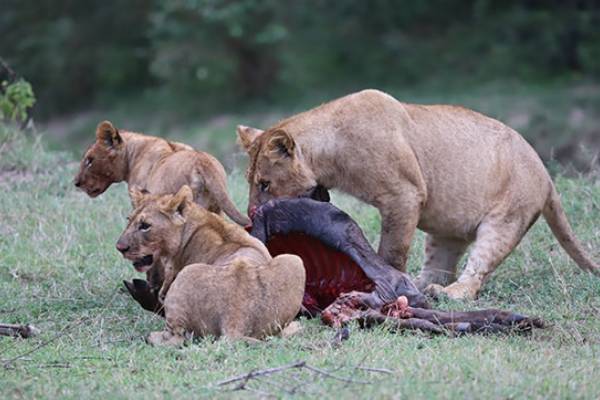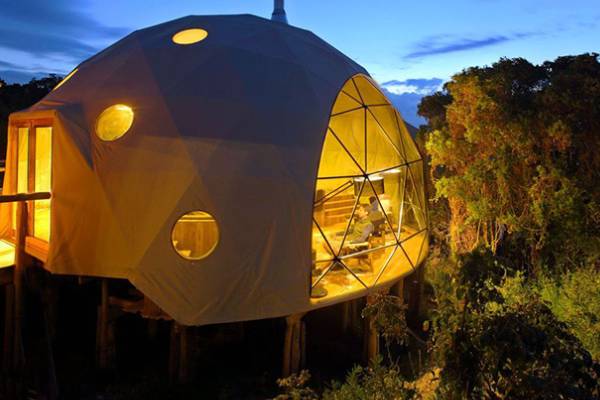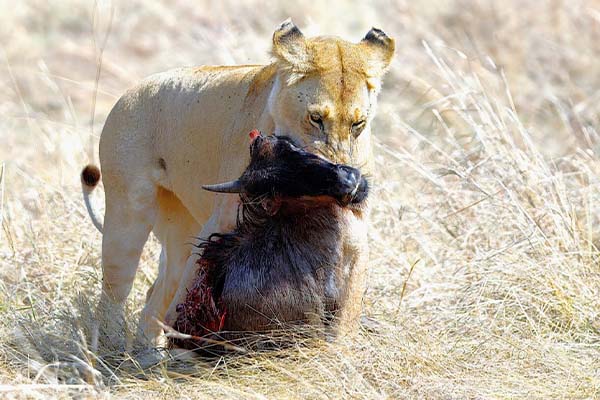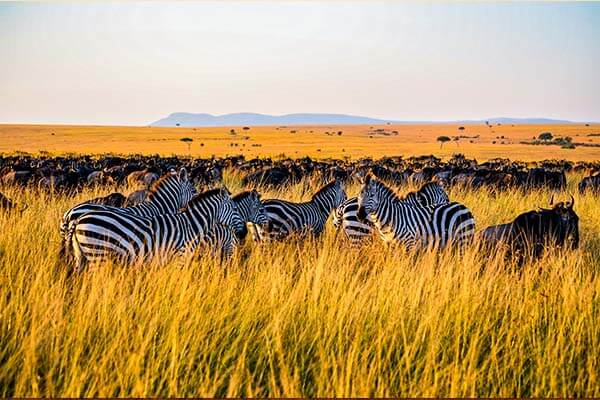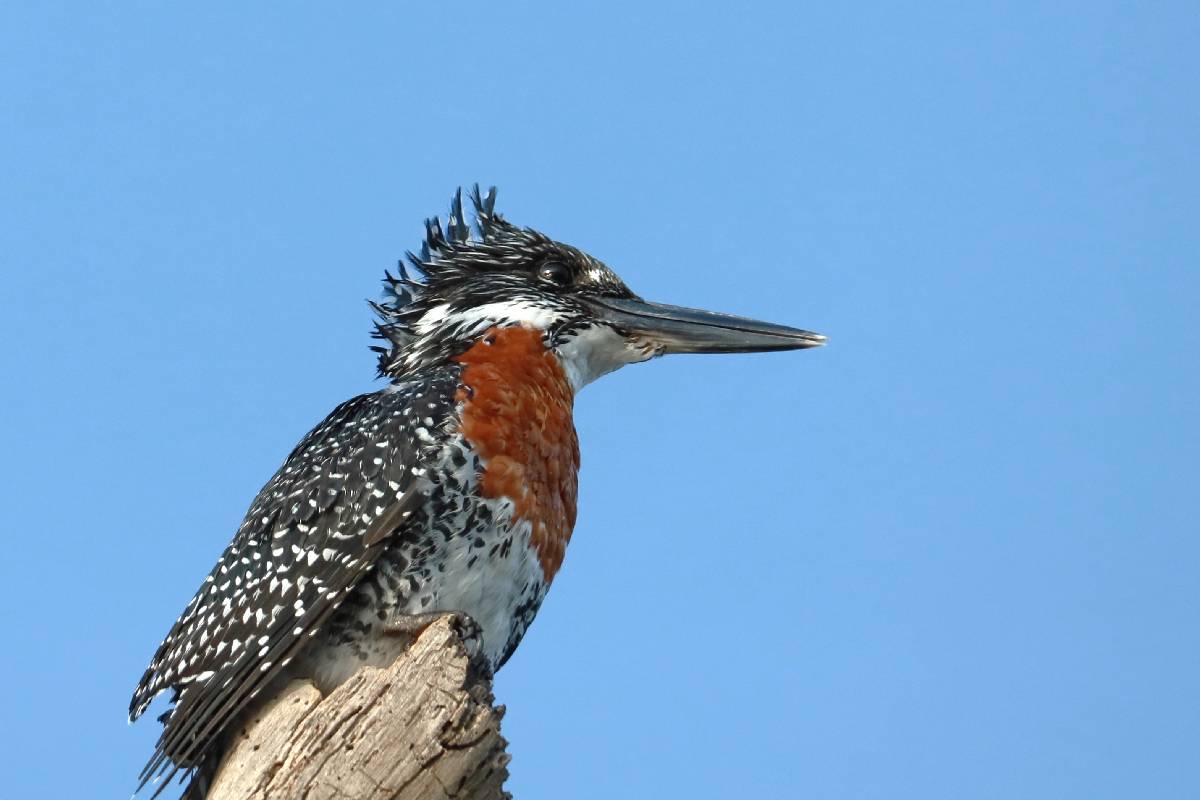Ngorongoro Crater Tanzania – Ngorongoro Conservation Area
The Ngorongoro Crater Tanzania is the world’s largest intact volcanic caldera. It is located in the Ngorongoro Conservation Area. The conservation stretches across a wide area of high-altitude grasslands, savanna woodlands, and forests. Ngorongoro Crater is home to around 25,000 large mammals, including the Big Five. Ngorongoro Crater provides exceptional safari adventures within its lush grasslands and dynamic ecosystems. The crater also gives visitors a chance to explore archaeological sites like Olduvai Gorge. Ngorongoro Crater is truly a must-visit destination that promises unforgettable adventures in one of Africa’s most iconic settings, often referred to as the “Garden of Eden.”
Facts About Ngorongoro Crater
Ngorongoro Crater Safaris and Tours
Attractions at the Ngorongoro Crater
Activities at Ngorongoro Crater Tanzania
The main activities and attractions at the Ngorongoro Crater and Conservation Area include:
The Best Time to Visit Ngorongoro Crater Tanzania
The dry season from June to October is generally the best time to visit Ngorongoro Crater. During this time there is less rain, and the grass cover is short. This makes wildlife viewing and wildlife photography easier. Wildlife frequents the lakes and watering holes these seasons making it easier to spot them.
The wet season (November-May) offers fewer visitors, good deals, and beautiful scenery. However, wildlife viewing can be trickier, and roads might be muddy.
